Axis: Bold As Love by Jimi Hendrix Experience
Buy Axis: Bold As Love The second album from the trio’s explosive and productive 1967, Axis: Bold as Love, was released in the United Kingdom by The Jimi Hendrix Experience in December 1967. […]
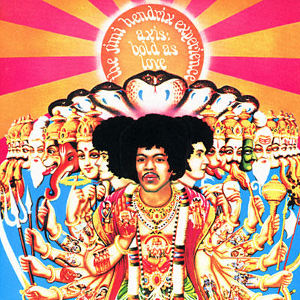
Buy Axis: Bold As Love The second album from the trio’s explosive and productive 1967, Axis: Bold as Love, was released in the United Kingdom by The Jimi Hendrix Experience in December 1967. […]
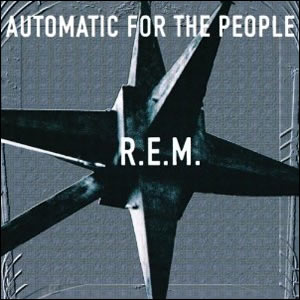
Buy Automatic For the People Automatic For the People is the eighth album by R.E.M., released in 1992 following their breakthrough Out of Time. Since the band did not tour to support that album, […]
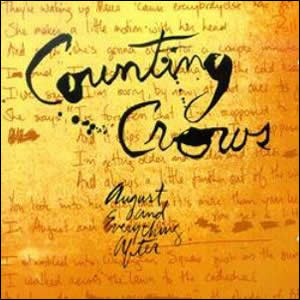
Buy August and Everything After One of the more impressive debuts of 1993, August and Everything After by Counting Crows fuses lyrically rich ballads with such long forgotten sonic treasures as the Hammond […]
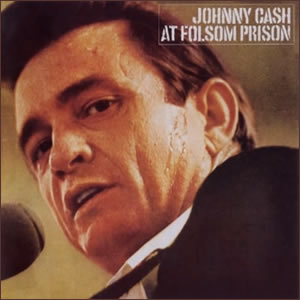
Buy At Folsom Prison Classic Rock Review only covers studio albums, not compilations or live albums. But there will be one exception to this rule – At Folsom Prison by Johnny Cash. This […]

Buy Astral Weeks Astral Weeks was the second solo album by Van Morrison, and in a lot of ways it was his own, direct counter-reaction to the debut album which was released in […]
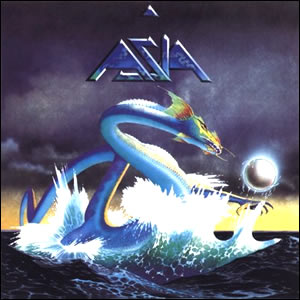
Buy Asia Asia was a short-lived “supergroup” which existed primarily in the early 1980s. Their debut eponymous album was wildly successful commercially, reaching #1 in the US on the Billboard album charts and […]
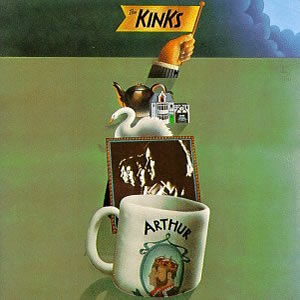
Buy Arthur (or the Decline and Fall of the British Empire) Although The Kinks were part of the first wave of British artists to break through following the Beatles, they were never really […]
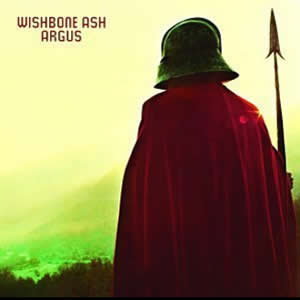
Buy Argus Argus is the most commercially successful album for Wishbone Ash and is considered by many to be their high-water mark musically. This third album by the British rock quartet features a […]

Buy Are You Experienced? An extraordinary debut by The Jimi Hendrix Experience, Classic Rock Review has named Are You Experienced? as our Album of the Year for the phenomenal music year of 1967. […]
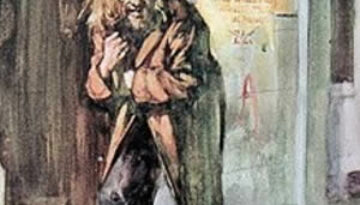
Buy Aqualung Aqualung, the fourth album by Jethro Tull, was recorded at the same time and in the same studio (Island Studios, December 1970) as the fourth album by Led Zeppelin. While recording […]